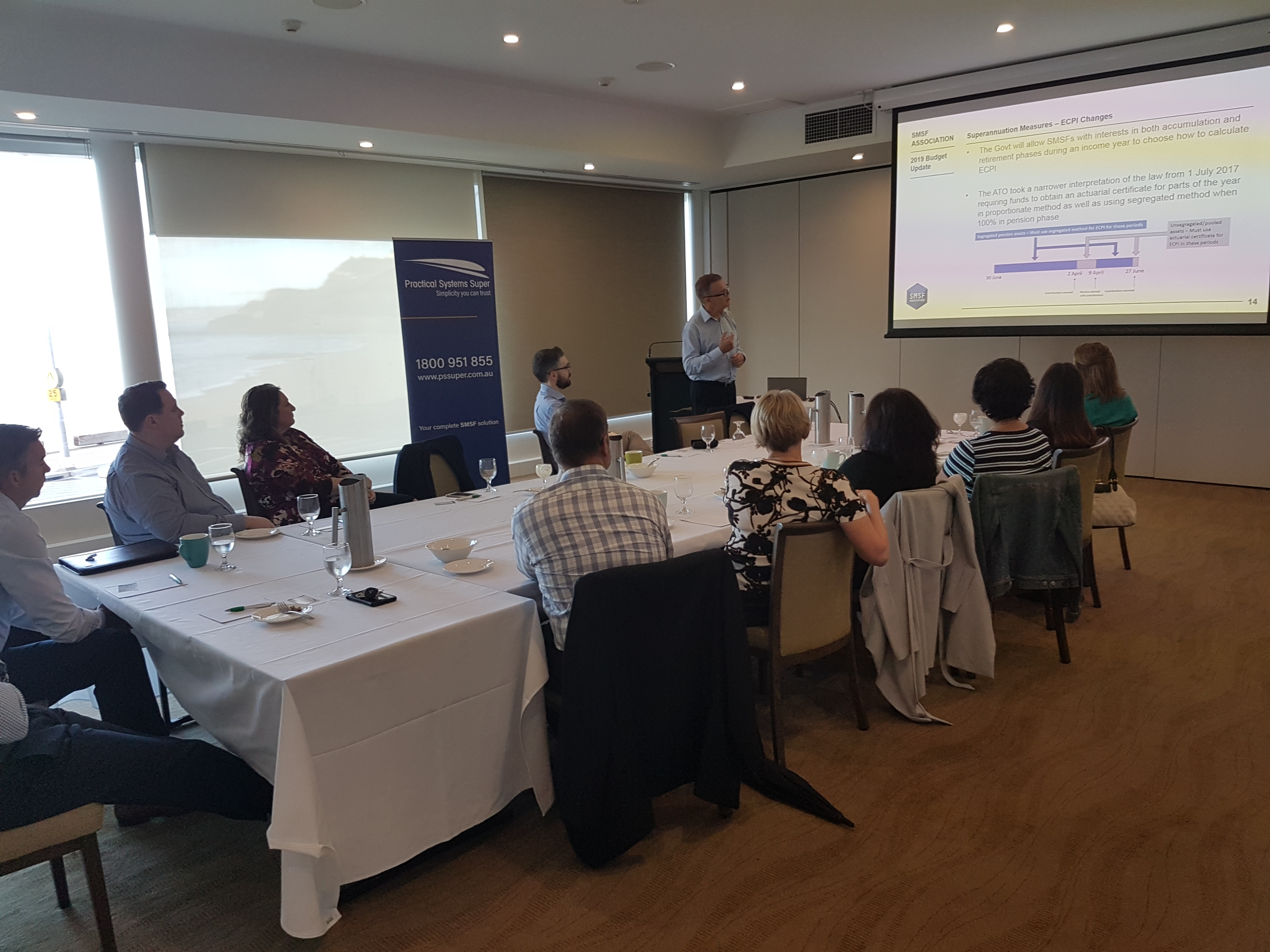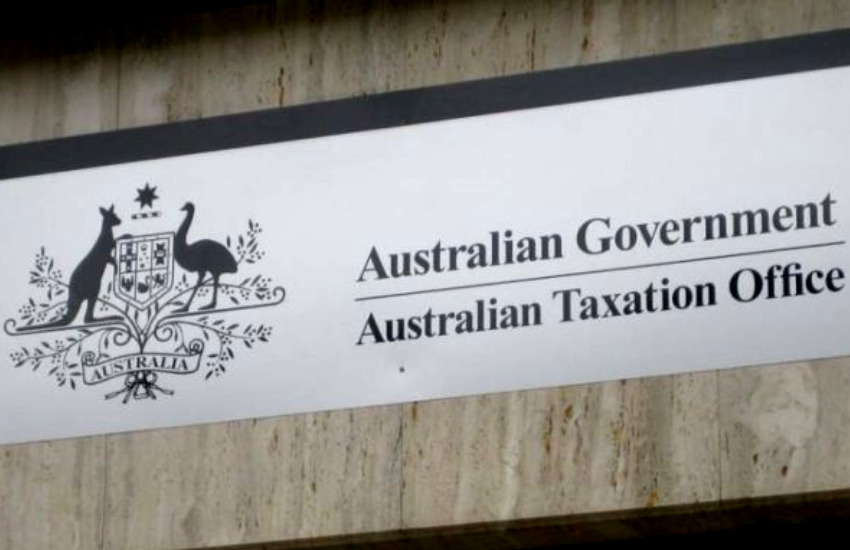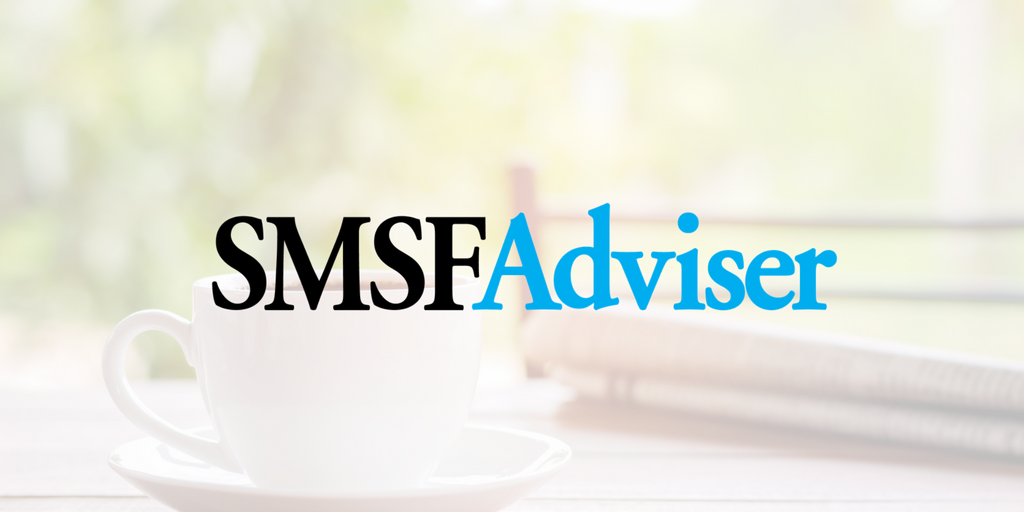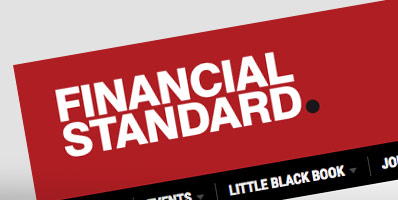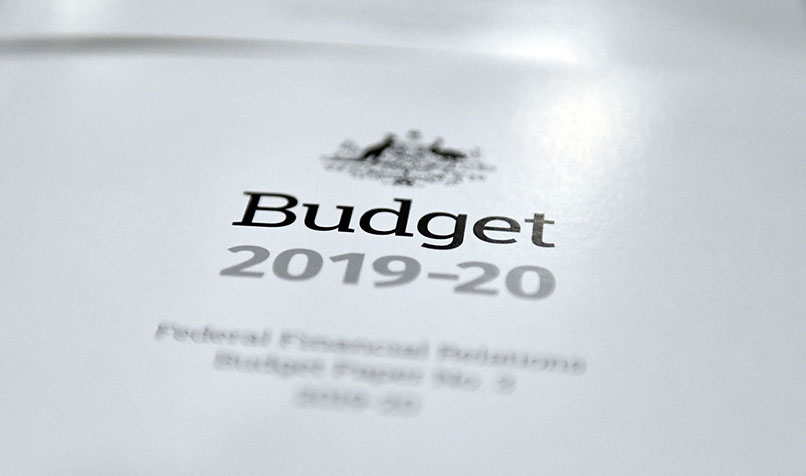I stumbled blindly into the world of self-managed super funds (SMSFs) the same way most people do – through their accountants.
My accountant asked for a meeting after I was hit with a sizable tax bill from my share investment and told me I was better off starting a SMSF. This was about six years ago and I was a full-time employee back then.
I’ve learnt a lot since, especially given that I knew nothing about SMSFs back then as I didn’t think I was well off enough for an SMSF to generate better outcomes than a retail fund.
As it turns out, starting my SMSF was the right thing to do but for the wrong reasons! On reflection, there are three things I’ve learnt that I think is relevant to anyone thinking of starting an SMSF.
How much do you need to start an SMSF
My SMSF should be a disaster, according to the recent Productivity Commission (PC) report looking into the failings of $2.7 trillion superannuation system.
The PC found that SMSFs with less than $500,000 perform significantly worse than retail funds (this includes industry funds). I certainly didn’t have half a million to pump into super as I was only an ordinary wage earner.
But I don’t think my accountant steered me in the wrong direction. I haven’t spoken to him in a few years after he sold his business and I’ve more than doubled my initial account balance in the SMSF over the past five years.
I think (or I like to think) he encouraged me to start a SMSF because he knows my track record as he personally prepared my tax return for many years. If you have a reasonably good history of investing in a personal capacity, then you shouldn’t be too flustered by the $500,000 target highlighted by the PC.
More than one superannuation account
Having multiple super accounts is a bad idea. You will have to pay fees on each account and that’s over a smaller account balance if you split your super between several funds. It’s death (of your super) by many cuts!
However, I have decided to keep my industry superfund when I stared my SMSF. The industry fund was my default super as an employee and I intentionally left it alone after I’ve set up my super.
I did this for two key reasons. My industry fund gives me access to investments that I can’t with my SMSF. This includes unlisted investments, direct property, international bonds, alternative investments, etc.
I also keep my industry fund for my life insurance. While I can probably do that through my SMSF, it’s just easier to get covered through the industry fund (as long as you trust the fund has partnered with the right insurer with the right product).
For the love of interest
The third takeaway from my experience is interest. I am not talking about bank interest but your level of interest in managing your investments.
I’ve long treated investments, particularly shares, like a serious hobby. I know it sounds sad as it probably means I don’t have much of a life given how much time I spend a day looking and reading about markets, but I think anyone who runs his/her own SMSF need to have interest in the subject.
This is particularly so for those with more modest balances as it doesn’t make a lot of sense hiring a professional to help you unless the fees make up only a very small percentage of your capital.
If you don’t have interest in investments, it is very likely you will neglect your SMSF. In such situations, you will more than likely be better off sticking to a retail or industry fund with a good track record of returns.
A final word, this isn’t meant to be tax or investment advice. The article is based on my personal experience and may not be relevant to your circumstances. You should always seek professional advice before making any decision.
Written by: Bendon Lau
Source: https://au.finance.yahoo.com


